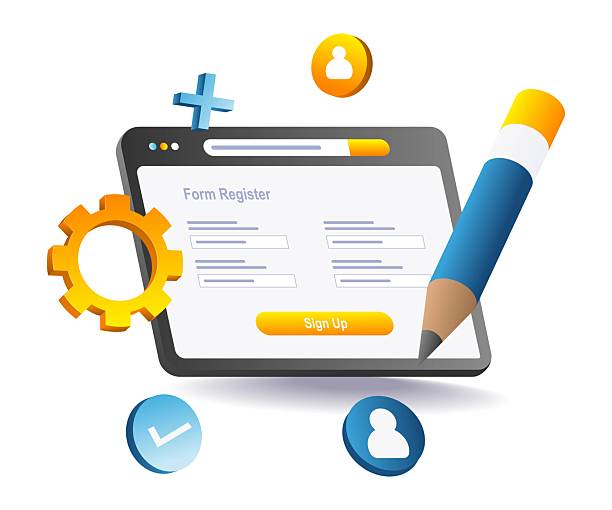Introduction
Starting a business in Canada can be an exciting venture, but understanding the registration process is crucial to ensure legal compliance and smooth operations. Whether you’re a local entrepreneur or an international investor, registering your business correctly lays the foundation for long-term success.
This step-by-step guide will walk you through the essential steps to register a business in Canada, from choosing the right structure to obtaining permits and licenses.
Step 1: Choose Your Business Structure
The first step is deciding on your business structure. Canada offers several options:
- Sole Proprietorship: Simple and inexpensive, ideal for individual entrepreneurs.
- Partnership: Shared ownership and responsibilities, suitable for two or more people.
- Corporation: Separate legal entity providing liability protection and potential tax advantages.
- Co-operative: Owned and operated by members, typically used for community or social businesses.
Your choice affects tax obligations, liability, and registration requirements, so it’s important to evaluate each option carefully.
Step 2: Pick a Business Name
Selecting a unique business name is essential. Consider the following:
- Ensure it is not already in use by searching the Canadian government’s corporate registry.
- Choose a name that reflects your brand and services.
- Avoid names that violate trademarks or contain restricted terms.
A distinctive and memorable business name helps build your brand identity and attract customers.
Step 3: Register Your Business
Once you’ve chosen a structure and name, it’s time to register:
- Sole Proprietorship or Partnership: Register with your provincial or territorial government.
- Corporation: Incorporate federally or provincially, depending on where you plan to operate.
You can usually complete the registration online through government portals. Registration provides legal recognition and allows you to operate under your chosen name.
Step 4: Obtain a Business Number (BN)
A Business Number (BN) is a unique identifier assigned by the Canada Revenue Agency (CRA). It is required for:
- Corporate income tax
- GST/HST registration
- Payroll deductions
- Import/export accounts
You can apply for a BN online, by phone, or by mail. This number simplifies interactions with federal and provincial tax authorities.
Step 5: Register for Taxes
Depending on your business type and revenue, you may need to register for:
- Goods and Services Tax (GST)/Harmonized Sales Tax (HST)
- Payroll deductions if you have employees
- Provincial taxes as applicable
Proper tax registration ensures compliance and avoids penalties.
Step 6: Obtain Licenses and Permits
Many businesses in Canada require industry-specific licenses or permits. Examples include:
- Food and beverage businesses: Health permits
- Construction or trades: Safety certifications
- Retail: Municipal business licenses
Check with federal, provincial, and municipal authorities to determine the necessary licenses for your business.
Step 7: Open a Business Bank Account
Separating personal and business finances is crucial. Open a business bank account using your registration documents and BN. This simplifies accounting, tax filing, and financial management.
Step 8: Understand Employment Regulations
If you plan to hire employees, familiarize yourself with Canada’s labor laws, including:
- Minimum wage requirements
- Employment standards
- Workplace safety regulations
- Employee benefits and payroll obligations
Compliance protects your business from legal issues and fosters a positive work environment.
Step 9: Keep Records and Maintain Compliance
Maintain accurate records of:
- Financial transactions
- Tax filings
- Employment records
- Licenses and permits
Regular record-keeping ensures smooth operations, simplifies audits, and helps track business performance.
Conclusion
Registering a business in Canada may seem complex, but by following these steps, you can ensure legal compliance and set a strong foundation for success. From choosing a business structure to obtaining permits and maintaining records, proper registration protects your business and builds credibility with clients and authorities.
Starting your business the right way paves the path for growth, stability, and long-term profitability in the Canadian market.

